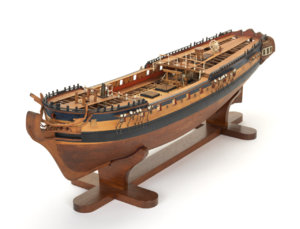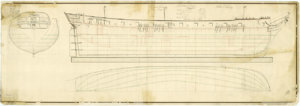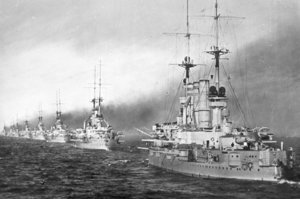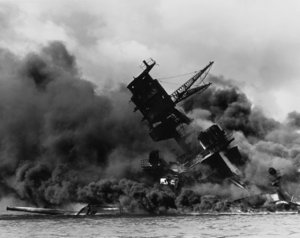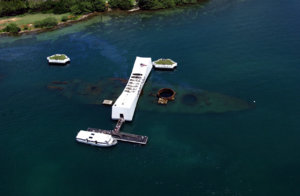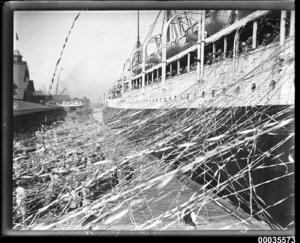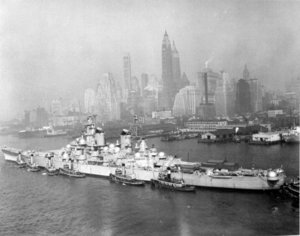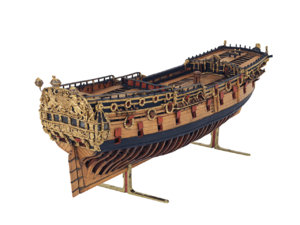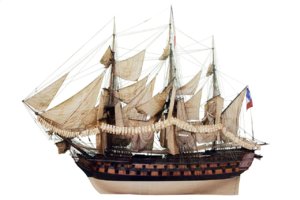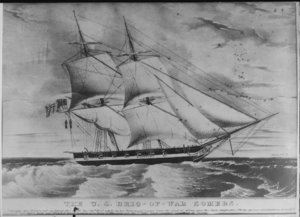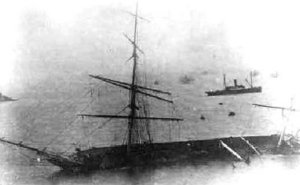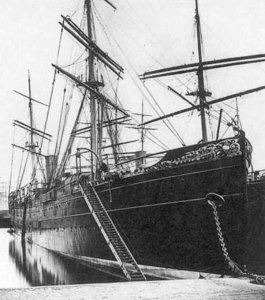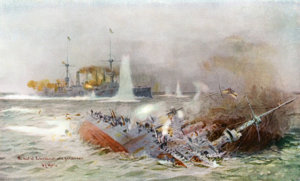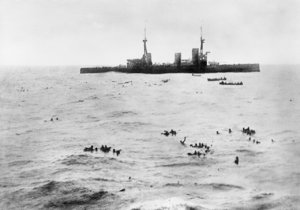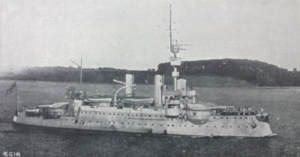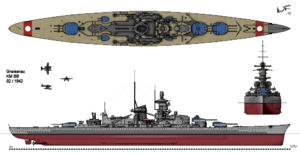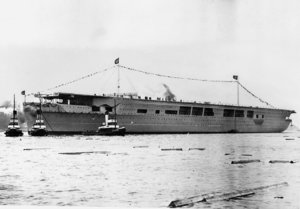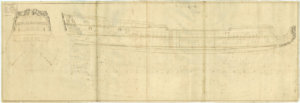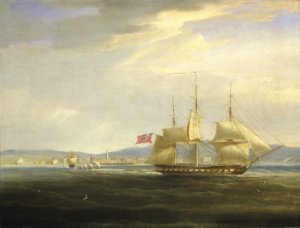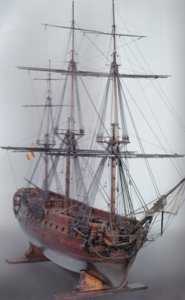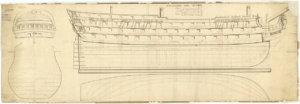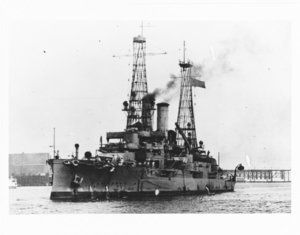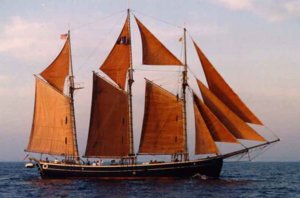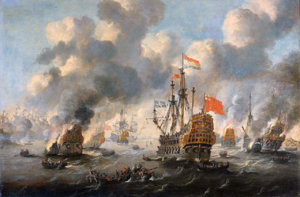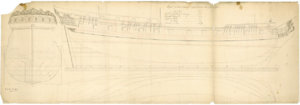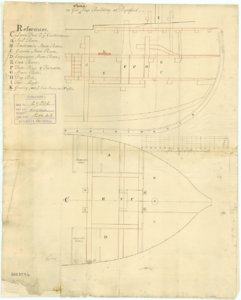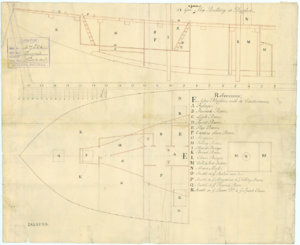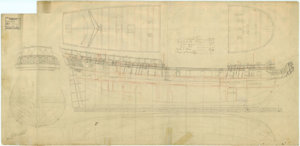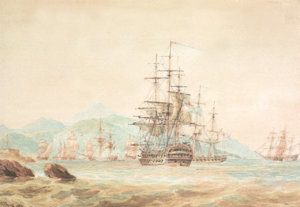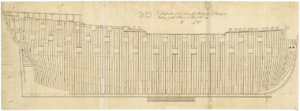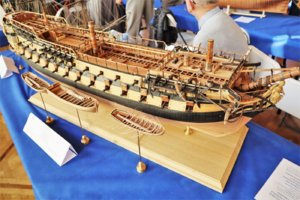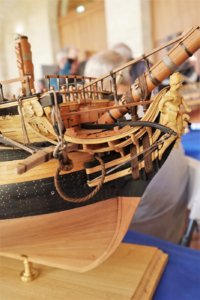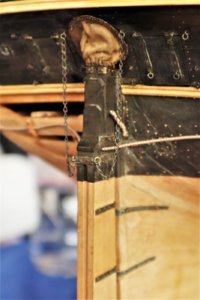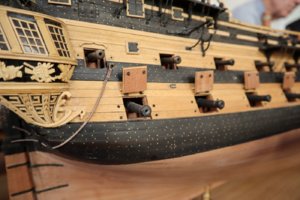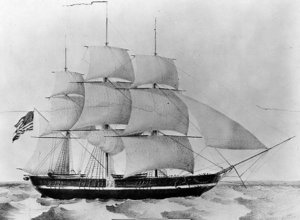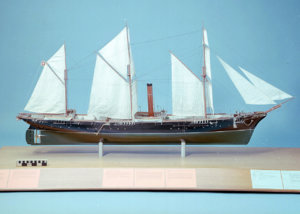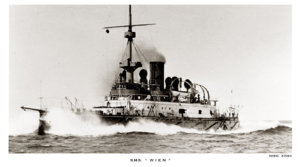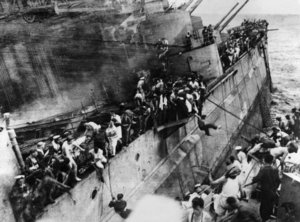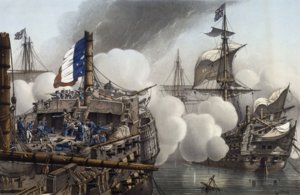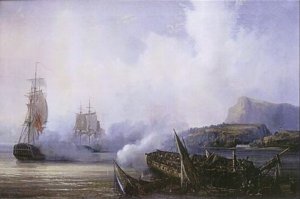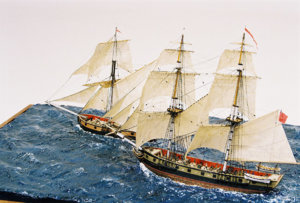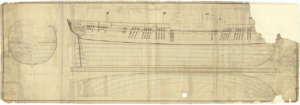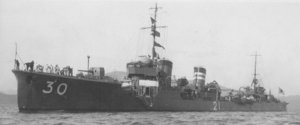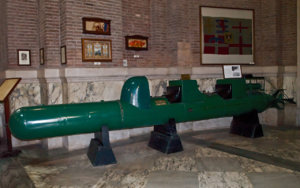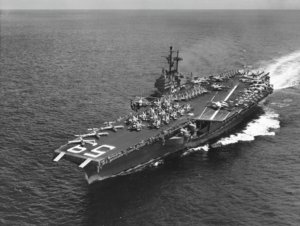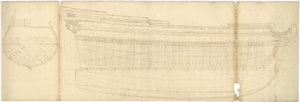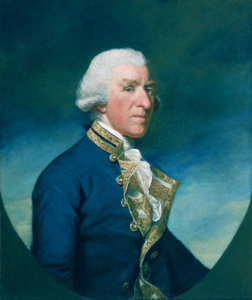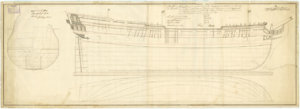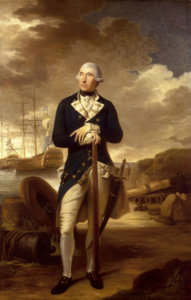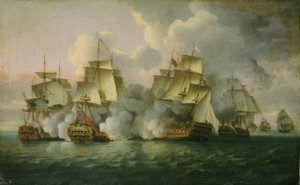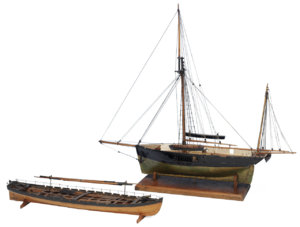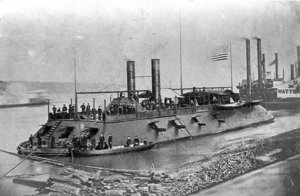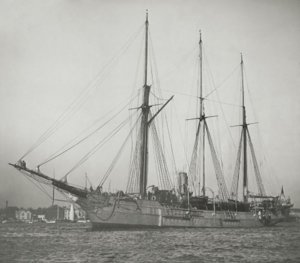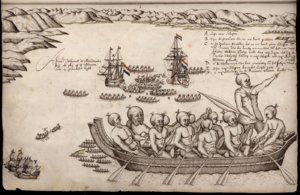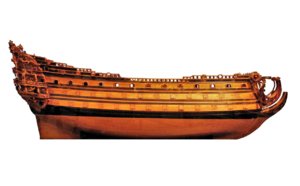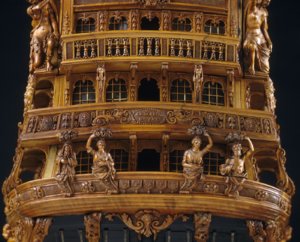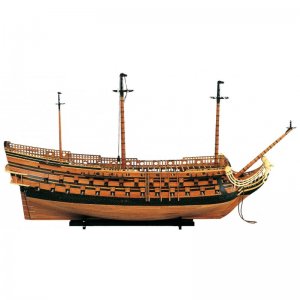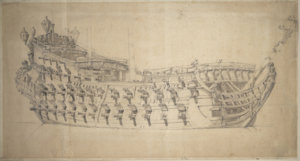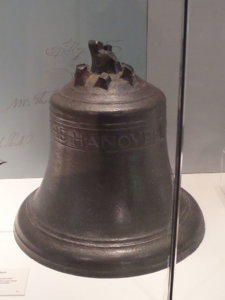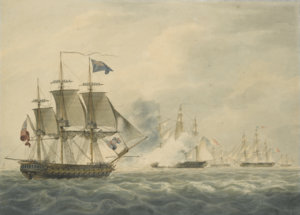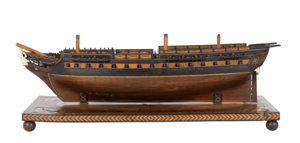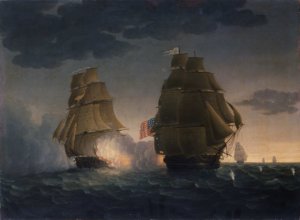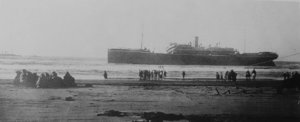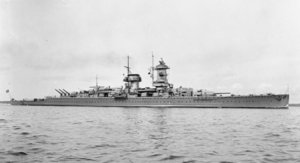Today in Naval History - Naval / Maritime Events in History
5th of December
please use the following link and you will find the details and all events of this day .....
Today in Naval History - Naval / Maritime Events in History 3 December 1798 - HMS Kingfisher (1782 - 18), Lt. Frederick Maitland, wrecked on the bar at the mouth of the Tagus. HMS Kingfisher was an 18-gun sloop of the Royal Navy which saw service during the American War of Independence and the...
shipsofscale.com
A day rich of events - in the following you can find some events in Pre-Views - for more detailed information and also other events, please use the link
1691 – Launch of French Ambitieux, a First Rank three-decker ship of the line of the French Royal Navy.
The
Ambitieux (1691 - 92) was a
First Rank three-decker
ship of the line of the
French Royal Navy. She was armed with 92 guns, comprising twenty-eight 36-pounder guns on the lower deck, twenty-eight 18-pounder guns on the middle deck, and twenty-six 8-pounder guns on the upper deck, with ten 6-pounder guns on the
quarterdeck.
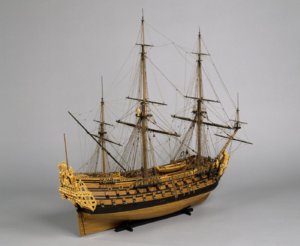
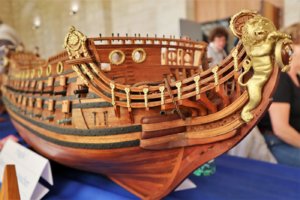
and in Rochefort we had a wonderful scratch built based on the drawings of Jean Boudriot -
Denis Desormiere showed his
L´AMBITIEUX in scale 1:48
1758 – Birth of Admiral Sir Eliab Harvey GCB (5 December 1758 – 20 February 1830)
Admiral Sir Eliab Harvey GCB (5 December 1758 – 20 February 1830) was an eccentric and hot-tempered officer of the
Royal Navy during the
French Revolutionary and the
Napoleonic Wars who was as distinguished for his gambling and dueling as for his military record. Although Harvey was a significant naval figure for over twenty years, his martial reputation was largely based on his experiences at the
Battle of Trafalgar, when he took his ship
HMS Temeraire into the thick of the action. Harvey used
Temeraire to force the surrender of two French
ships of the line and later created his family motto from the names of his opponents in the engagement; "Redoutable et Fougueux".
 1763 – Launch of HMS Guadeloupe, a 28-gun sixth-rate Coventry-class frigate of the Royal Navy.
1763 – Launch of HMS Guadeloupe, a 28-gun sixth-rate Coventry-class frigate of the Royal Navy.
HMS Guadeloupe was a 28-gun
sixth-rate Coventry-class frigate of the
Royal Navy. The ship was designed by
Sir Thomas Slade, and was initially contracted to be built with the
Pembrokeshire shipwright John Williams of
Neyland; however he became bankrupt and the Admiralty transferred the order to the
Plymouth Naval Dockyard.
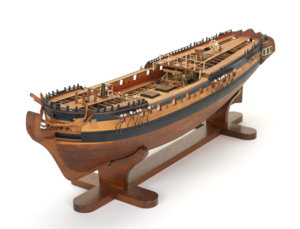 1779 - HMS Roebuck (1774 - 44) took American privateer Lady Washington
1779 - HMS Roebuck (1774 - 44) took American privateer Lady Washington
HMS Roebuck was a 44-gun,
fifth-rate ship of the
Royal Navy which served in the
American and
French Revolutionary Wars. Designed by Sir
Thomas Slade in 1769, to operate in the shallower waters of North America, she joined
Lord Howe'ssquadron towards the end of 1775 and took part in operations against New York the following year, engaging the American gun batteries at
Red Hook during the
Battle of Long Island in August 1776, and forcing a passage up the
Hudson River in October. On 25 August 1777,
Roebuck escorted troopships to
Turkey Point, Maryland, where an army was landed for an
assault on Philadelphia. She was again called upon to accompany troopships in December 1779; this time for an attack on Charleston. When the ships-of-the-line, which were too large to enter
the harbour, were sent back to New York, Admiral
Marriot Arbuthnot made
Roebuck his flagship. She was therefore at the front of the attack; leading the British squadron across the bar to engage
Fort Moultrie and the American ships beyond.
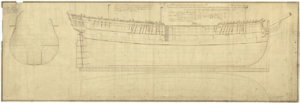 1797 - Insurgente captured Prince Frederick
1797 - Insurgente captured Prince Frederick
The
Insurgente was a 40-gun
Sémillante-class frigate of the French Navy, launched in 1793. USS
Constellation, Captain
Thomas Truxtun in command, captured her off the island of
Nevis during the
Quasi-War. After her capture she served in the US Navy, patrolling the waters in the West Indies. In September 1800 she was caught up in a severe storm and was presumed lost at sea
Prince Frederick was launched at Amsterdam in 1793 for the
Dutch East India Company as
Prinz Fredrik. Captain Daniel Correch stopped at Duins (
The Downs), where the English detained her. In December 1795, the British Government confiscated the ship.
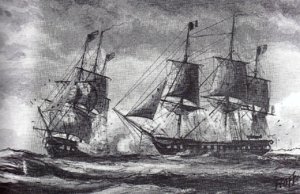 1797 - Launch of Hercule, a Téméraire class ship of the line of the French Navy
1797 - Launch of Hercule, a Téméraire class ship of the line of the French Navy
HMS Hercule was a
74-gun third rate ship of the line of the
Royal Navy. She was previously
Hercule, a
Téméraire class ship of the line of the
French Navy, but was captured on her
maiden voyage in 1798, and spent the rest of her career as a British ship. She was broken up in 1810
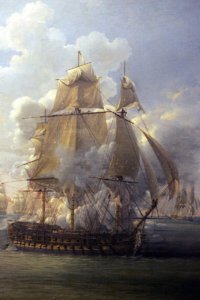 1812 - HMS Plumper (1807 - 14), Lt. Josias Bray, lost on a ledge of rocks near Dipper Harbour, New Brunswick
1812 - HMS Plumper (1807 - 14), Lt. Josias Bray, lost on a ledge of rocks near Dipper Harbour, New Brunswick
HMS Plumper was launched in 1807. She captured three small American privateers early in the
War of 1812 but was wrecked in December 1812.
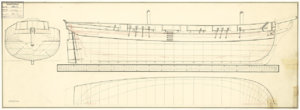 1830 - HMS Thetis (46), Cptn. Samuel Burgess, wrecked on Cabo Frio, South America.
1830 - HMS Thetis (46), Cptn. Samuel Burgess, wrecked on Cabo Frio, South America.
HMS Thetis was a 46-gun
Leda-class fifth-rate frigate built for the
Royal Navy during the 1810s. She was first
commissioned in 1823 and was assigned to the
South America Station three years later. The ship was wrecked in 1830 off
Cape Frio,
Brazil, with the loss of 22 crewmen; most of her cargo of
bullion was successfully salvaged.
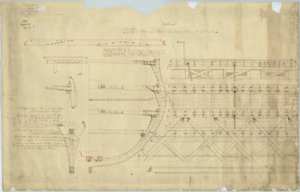 1904 - During the Siege of Port Arthur - Entire russian fleet was lost
1904 - During the Siege of Port Arthur - Entire russian fleet was lost
Russian battleship Poltava (1894) and Retvizan were hit and sunk at 5th December, the battleships Pobeda and Peresvet and the cruisers Pallada and Bayan four days later. Battleship Sevastopol was scuttled to prevent her capture
The
Siege of Port Arthur (
Japanese: 旅順攻囲戦,
Ryojun Kōisen;
Russian: Оборона Порт-Артура,
Oborona Port-Artura, August 1, 1904 – January 2, 1905), the deep-water port and
Russian naval base at the tip of the
Liaodong Peninsula in
Manchuria, was the longest and most violent land battle of the
Russo-Japanese War.
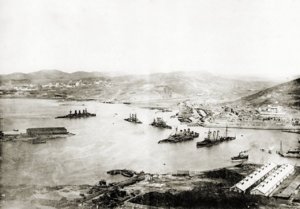 1931 – Launch of Pola, a Zara-class heavy cruiser of the Italian Regia Marina (Royal Navy)
Pola
1931 – Launch of Pola, a Zara-class heavy cruiser of the Italian Regia Marina (Royal Navy)
Pola was a
Zara-class heavy cruiser of the Italian
Regia Marina (Royal Navy). She was built in the
Odero-Terni-Orlando shipyard in
Livorno in the early 1930s and entered service in 1932. She was the third of four ships in the class, which also included
Zara,
Fiume, and
Gorizia.
Pola was built as a
flagship with a larger
conning tower to accommodate an admiral's staff. Like her sisters, she was armed with a battery of eight 203-millimeter (8.0 in) guns and was capable of a top speed of 32 knots (59 km/h; 37 mph).
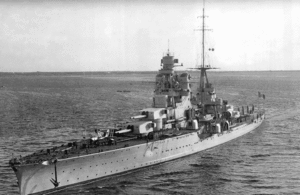




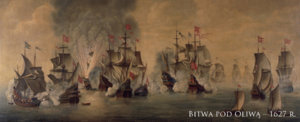
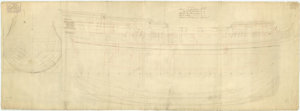
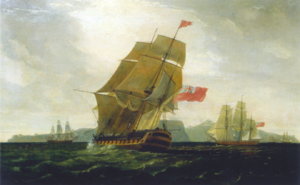
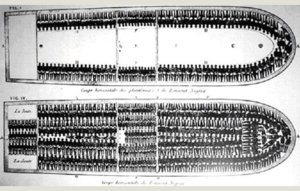
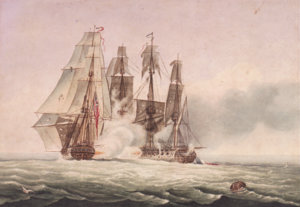
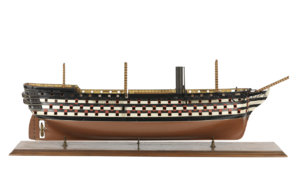
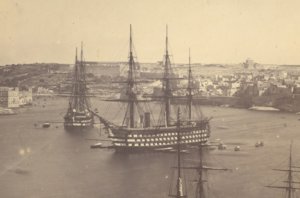
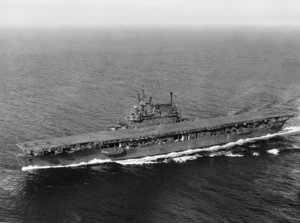
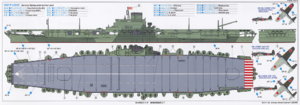
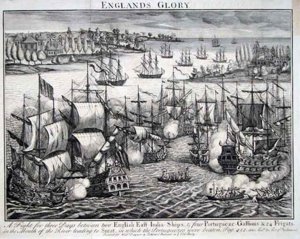
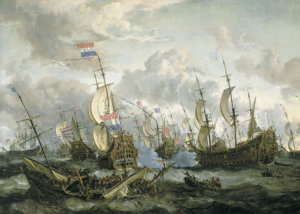
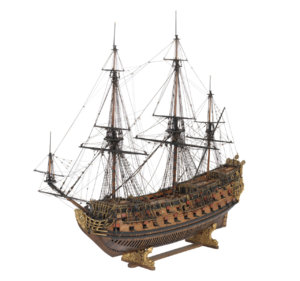
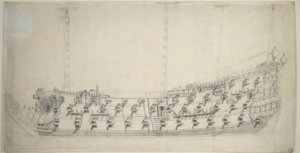
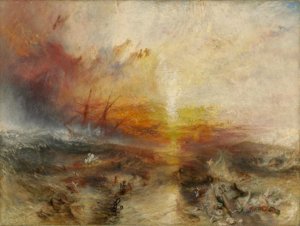
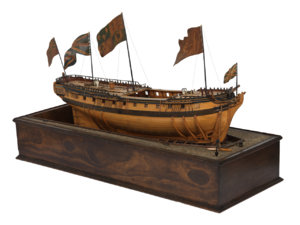
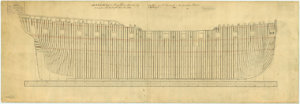
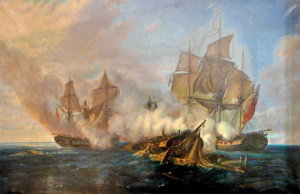
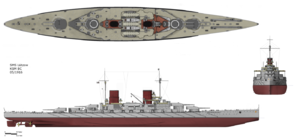

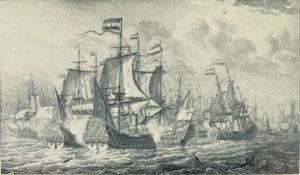
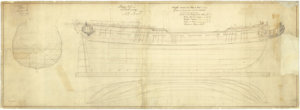
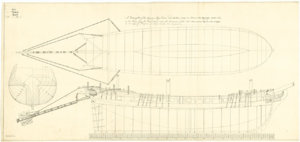
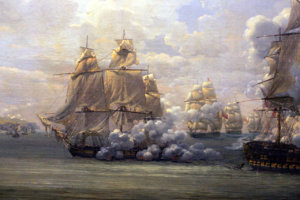
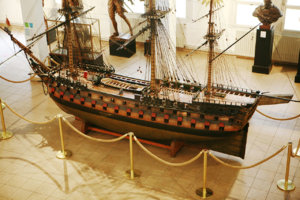
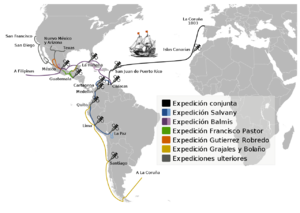
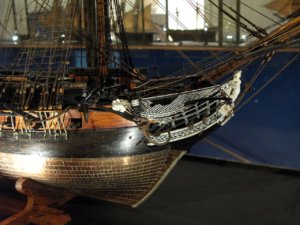
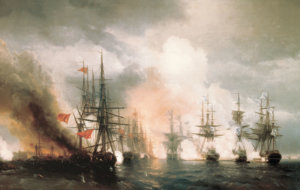
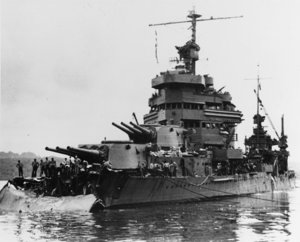
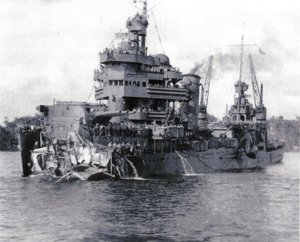
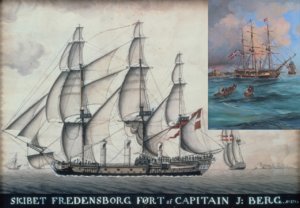
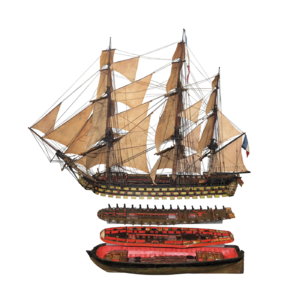
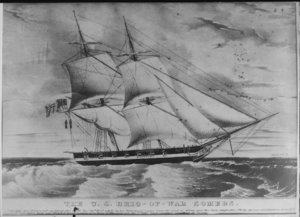
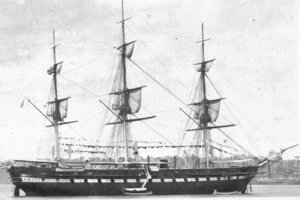
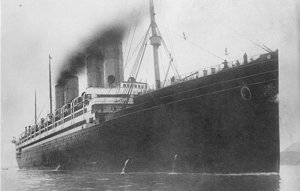
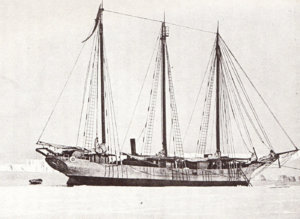

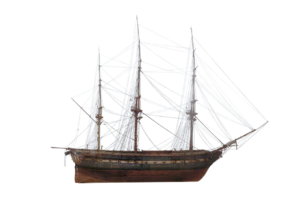
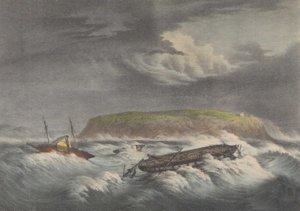
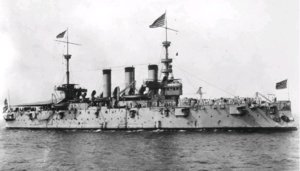
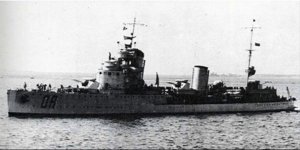
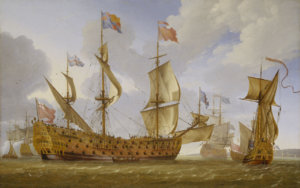
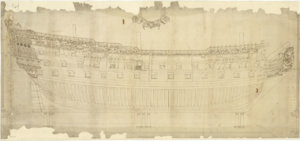
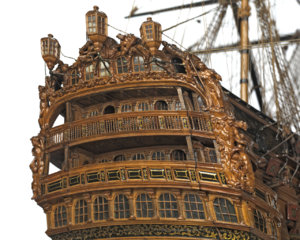
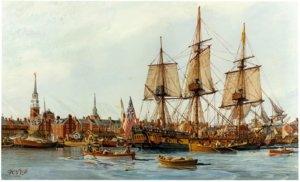
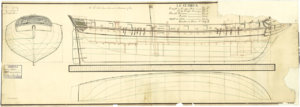
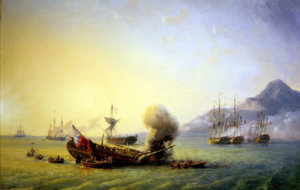
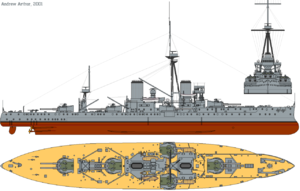
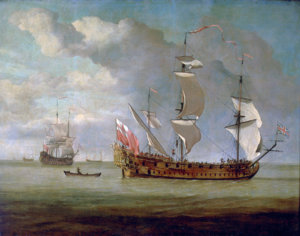
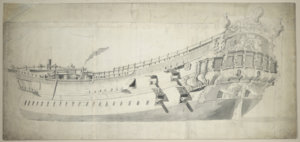
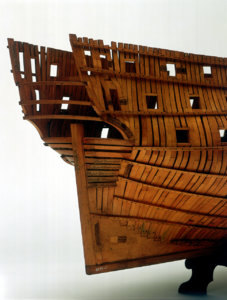
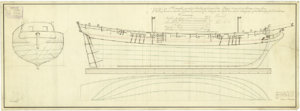
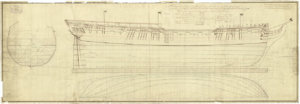
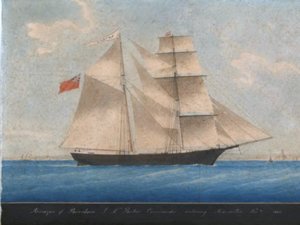
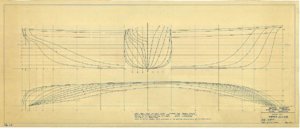
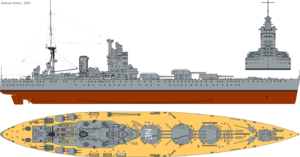











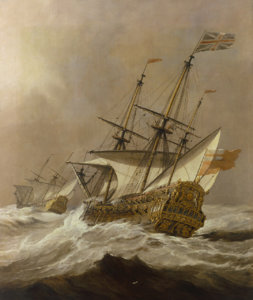
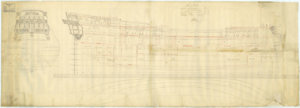
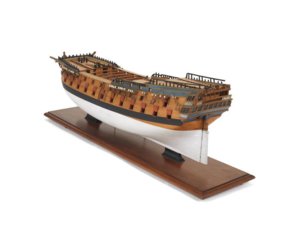
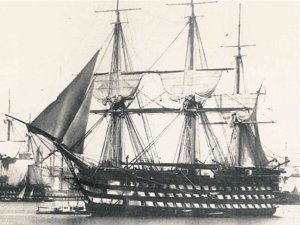
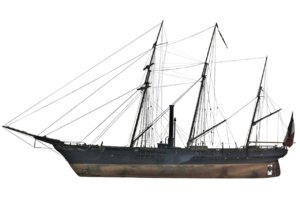
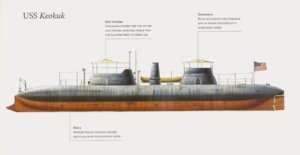
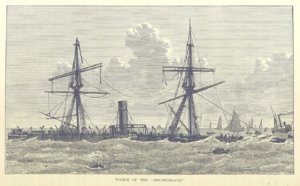
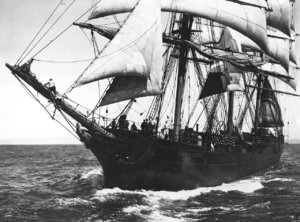
 was a maritime disaster in Halifax, Nova Scotia. The Norwegian vessel SS Imo collided with SS Mont-Blanc, a French cargo ship laden with high explosives. A fire on board the French ship ignited her cargo, causing a large explosion that devastated the Richmond district of Halifax. Approximately 2,000 people were killed.
was a maritime disaster in Halifax, Nova Scotia. The Norwegian vessel SS Imo collided with SS Mont-Blanc, a French cargo ship laden with high explosives. A fire on board the French ship ignited her cargo, causing a large explosion that devastated the Richmond district of Halifax. Approximately 2,000 people were killed. was a maritime disaster in Halifax, Nova Scotia, Canada, which happened on the morning of 6 December 1917. The Norwegian vessel SS Imo collided with SS Mont-Blanc, a French cargo ship laden with high explosives, in the Narrows, a strait connecting the upper Halifax Harbour to Bedford Basin. A fire on board the French ship ignited her cargo, causing a large explosion that devastated the Richmond district of Halifax. Approximately 2,000 people were killed by the blast, debris, fires or collapsed buildings, and an estimated 9,000 others were injured. The blast was the largest man-made explosion at the time, releasing the equivalent energy of roughly 2.9 kilotons of TNT (12,000 GJ).
was a maritime disaster in Halifax, Nova Scotia, Canada, which happened on the morning of 6 December 1917. The Norwegian vessel SS Imo collided with SS Mont-Blanc, a French cargo ship laden with high explosives, in the Narrows, a strait connecting the upper Halifax Harbour to Bedford Basin. A fire on board the French ship ignited her cargo, causing a large explosion that devastated the Richmond district of Halifax. Approximately 2,000 people were killed by the blast, debris, fires or collapsed buildings, and an estimated 9,000 others were injured. The blast was the largest man-made explosion at the time, releasing the equivalent energy of roughly 2.9 kilotons of TNT (12,000 GJ). 